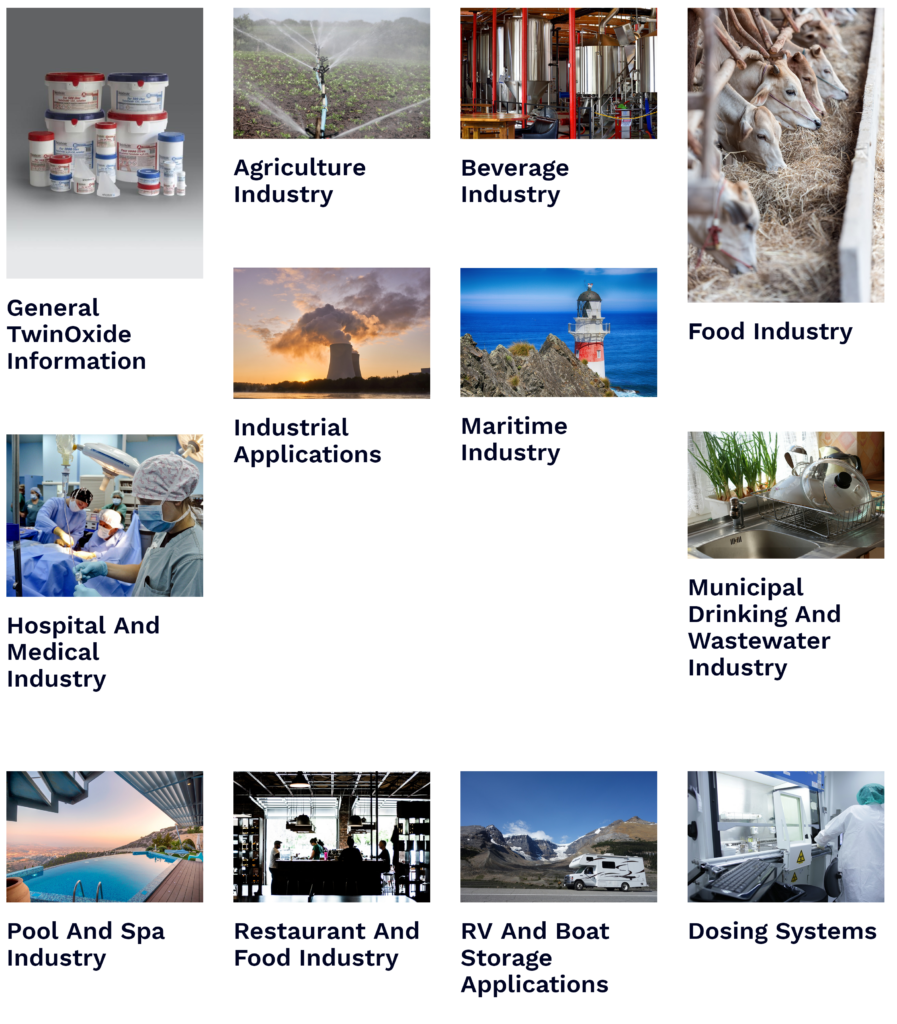Home » Uncategorized (Page 3)
Category Archives: Uncategorized
Letter to the FDA About Chlorine Dioxide

Dear FDA,
Your web page about Chlorine Dioxide has multiple mistakes: https://www.fda.gov/news-events/press-announcements/fda-warns-consumers-about-dangerous-and-potentially-life-threatening-side-effects-miracle-mineral
It is not the same as Clorox bleach (Sodium Hypochlorite) because it has a lower oxidation potential.
| Chemical | Oxidation Potential |
| Ozone | 2.07 volts |
| Hydrogen Peroxide | 1.80 volts |
| Sodium Hypochlorite | 1.49 volts |
| Oxygen | 1.3 volts |
| Chlorine Dioxide | 0.95 volts |
It’s been shown that Chlorine Dioxide isn’t strong enough to oxidize body cells or gut bacteria at therapeutic doses, but it will oxidize many pathogens like viruses that are small and weakly held together.
Many people argue Chlorine Dioxide is unsafe because it’s used as a bleaching agent, but if Clorox were used to bleach that same paper, there would be nothing left!
The process of oxidation with household bleach produces dangerous hydrocarbons such as chloroform. ClO2, on the other hand, doesn’t create toxic by-products. Therefore, unlike household bleach, ClO2 won’t cause mutations or cancer. To scare people by equating it to the dangerous Clorox everyone has in their household is a lie.
I believe Chlorine Dioxide will eventually replace the more toxic chlorine mix used in swimming pool systems, and the fluoride in municipal water treatment, since it’s both safer and more effective. In truth, Chlorine Dioxide is far from the danger the FDA claims: it is used in a wide range of industrial applications.

Here is a brief video demonstrating how Chlorine Dioxide isn’t the poisonous product you claim it is:
Chlorine Dioxide has been used in water treatment since 1944 because it’s effective in a wide range of pHs, and doesn’t break down into toxic residues.
There are testimonials for ClO2 treating everything from cancer to HIV, and even stopping the progression of Alzheimer’s. There is even a US patent showing that injections of Chlorine Dioxide into cancerous tissue can safely treat it. I’ve read that 20 million people worldwide have taken the medicine, and that it has treated Covid-19! This pretty much proves your web page is incorrect.
The lethal (LD50) dose of Chlorine Dioxide is 100 times higher than the typical protocol of 3-6 drops in 1/2 cup of water per hour. In one study, rats were fed it orally at a rate of 40 PPM for 90 days and found no ill effects. There is zero chance of dehydration or other problems at reasonable doses. The way you talk about it on your website without even mentioning safe dose ranges is dishonest.
Here’s a link to a great paper by Andreas Kalcker: https://keithcu.com/wordpress/wp-content/uploads/2020/12/English.pdf It talks about the history, safety, and mechanism of action.
WaterPureWorld also has a nice shop.

Ultrasonic humidifier for misting ClO2
FDA Response
Thank you for writing the Division of Drug Information in the FDA’s Center for Drug Evaluation and Research.
We appreciate you taking the time to share your information with us.
We appreciate your effort in contacting the FDA to share your concerns with us. As discussed in the FDA News Release on Miracle Mineral Solution, the FDA warns consumers not to purchase or drink products such as Mineral Solution, Miracle Mineral Supplement, MMS, Chlorine Dioxide Protocol, Water Purification Solution, or other similar products do to serious and potentially life-threatening side effects. These products are not FDA-approved for treating COVID-19.
Please find up-to-date information on the FDA Coronavirus Disease 2019 (COVID-19) Main Page and the CDC COVID-19 Main Page.
Reply to FDA
Dear FDA,
Thank you very much for responding to me! Unfortunately, I believe some of your information is incorrect.
I know you all are doing your best, but I find it a little ironic you are trying to outlaw a medicine that safely treats (via selective oxidation) half the diseases known to man, including Covid-19: https://mmstestimonials.co/ It’s been used for 100 years in medicine, for example to sanitize donated blood. It’s also known to work as a mouthwash. People using it have no plaque build up because it oxidizes the bacteria which create it. You can read glowing reviews online.
Chlorine Dioxide seems to not touch healthy tissue or even gut bacteria, but it will travel all around the body until it finds a negatively charged pathogen and rip apart a virus like Covid-19. Here’s an article talking about it treating all the Covid-19 patients in one city in Bolivia: https://madridmarket.es/san-jose-de-chiquitos-ha-controlado-absolutamente-la-pandemia-con-dioxido-de-cloro-afirma-garmain-caballero-alcalde-del-municipio-de-41-000-vecinos/
I believe it was mostly done intravenously, which is easy to cycle fresh Chlorine Dioxide throughout the body 24 hours a day. Apparently ClO2 only lasts inside for about an hour. However, it seems to work almost as well orally. In the case of cancer, people drink it for months, instead of chemotherapy.
The article above is not in English, but it’s worth translating given the stunning results. If you really believe Chlorine Dioxide doesn’t work, you would be able to explain alternate theories for that result. It would be great for someone to try at least, and put that on the FDA web page. Can you propose another theory to explain that apparent city-wide medical miracle?
I read an article in Business Insider claiming that the Chlorine Dioxide results in Bolivia were fake, but they never include any quotes from doctors who actually treated the patients. It’s amazing how even professors of medicine don’t notice when an article only tells half the story. Has anyone at the FDA talked to any of those doctors in Bolivia?
By one recent count, 5,000 doctors in 25 countries are using Chlorine Dioxide as treatment or prevention of Covid-19, from age 0 to age 105. The cost of treatment is estimated to be about $5. Has anyone at the NIH talked to any of those 5,000 doctors? Is there any chance that the FDA favors novel expensive drugs, even if they are less safe and effective because the patent scheme allows them to sell the production for 100s of dollars?
There was recently a clinical trial to test the safety and efficacy of 10 hours daily oral use of Chlorine Dioxide against Covid-19, and it found that the treated patients were all almost entirely feeling better at the end of the study. The research has some limitations and questions, but the tremendous results are being ignored. Instead of trying to validate the results with better studies, they are ridiculing it, and pretending it doesn’t exist. They’d rather keep working on their new drug or gene therapy, which they can patent and sell for millions.
If you don’t think Chlorine Dioxide is a good selective oxidizer, then what do you recommend inetad? Why don’t you don’t mention any better substitutes using this powerful mechanism of action?
The dangerous side effects seem only when inhaled in large quantities, or ingesting far outside the recommended dose. 2 cups of salt would kill a human, so you how come you don’t go around prosecuting people who own table salt? How can you say something that is currently used in mouthwash and water treatment is unsafe without talking about the concentration or dose?
The typical dose of Chlorine Dioxide is just a few drops in 1/2 cup of water per hour. It’s been said it breaks down into salts and oxygen, or have you heard something else?
A US Army veteran told me it saved his life when he caught malaria. I have heard it’s quite widely used in US military hospitals. However, they have to do it secretly or you will take their license away. Bureaucracies are great at unintentionally killing people.
There’s a lot of great scientific information in that Andreas Kalcker paper explaining how it can be used for Covid-19. Can you find any mistakes?
The Chlorine Dioxide page on the FDA website has zero scientific studies it links to. How can you be so certain your position is correct with zero evidence to back it up?
There are questions about how Chlorine Dioxide can be dangerous to a virus, but not healthy tissue, which are made of the same parts. Andreas Kalcker says that ClO2 acts on acidic mediums and it’s also size-selective. There are millions of people who have taken the typical 3 drops an hour protocol for one disease or another, in many cases for weeks or months. The typical dose is about 189 mg / day! There was a study from 1982 which showed no ill effects from 12 weeks of daily oral use. The WHO also did an extensive survey and found a lot of evidence Chlorine Dioxide is safe in reasonable doses.
The government spends a lot of time and money on vaccines. However, which of the two is easier for the body to accomplish?
- To build an immune response and neutralize Covid-19 particles faster than an extremely infectious variant of a virus can replicate.
- Drink a potion which selectively oxidizes all the virus particles.
Dr. Manuel Aparicio has treated thousands of patients using Chlorine Dioxide in Mexico. Here is a video I recommend you watch:
https://brandnewtube.com/watch/uauKmxxlLjUxtOy
I’ve read that Chlorine Dioxide is enhanced by Dimethyl Sulfate, which dissolves the ClO2 so that it can be carried deeper into the body. Maybe you should fund some studies along the lines of safe oxidants, and solvents for them, if you don’t have any good information right now.
Please read through the pages of testimonials and consider the possibility that you are wrong: what would happen to the drug industry if this could safely treat half of the most common diseases known to man?
If you could respond to these questions, I would really appreciate it!
Not only is (in my mind) the government wrongly prosecuting people over Chlorine Dioxide, and effectively doing the bidding of Big Pharma, Big Tech has also gotten involved. Searching for “MMS Chlorine Dioxide” on Google takes you takes you to page after page telling you it’s unsafe, whereas DuckDuckGo has a much more balanced mix of content. Google has clearly tweaked their algorithms to present only one side of the facts — in spite of decades of studies showing it is has a safe therapeutic window.
I put this quote in my book, and I believe it applies to the FDA:
Brilliance is typically the act of an individual, but incredible stupidity can usually be traced to an organization.
—Jon Bentley
Update: Dr. Peter McCullough discusses Chlorine Dioxide for MonkeyPox.
Caption translation
I’ve created the English captions file: http://keithcu.com/MoviePublic/SWCaptions.srt .
If you’d like to translate or review it in your language, please put your email address in this Google form:
https://docs.google.com/spreadsheets/d/1ng7PgN-n-fUKNpnHoOPh7oRyN5qQatm98G_36faXRug/edit#gid=0
There are online tools for distributed translation like Pootle, or I could put it in Git and let people work on portions, if translating the whole file is too big for one person.
Software Wars Virtual Launch Party
Software Wars is a 70 minute documentary about the ongoing battle between proprietary versus free and open-source software. The more we share scientific information, the faster we can solve the challenges of the future.
There’s a free virtual US-based launch party on Saturday June 22 at 9pm EDT: http://live.detroitquaranteam.com. Our servers are in the Eastern United States, so if you live far from there, you might not have enough bandwidth. There will also be more announcements soon here and on social media.
Dear lxer.com: I submitted this event on Wednesday the 17th but there’s a very long queue of news stories so it took days to show up and you all missed the party! Here’s a torrent file:
For now you can also watch it on the Peertube I setup:
Enjoy.
LinuxReport.net

I used to read Drudge Report almost daily. I also used to enjoy LinuxHomePage.com, which is now gone.
So I decided to create LinuxReport.net. It’s like Drudge, but for Linux. It’s 300 lines of Python / Flask, including customization. If you have any suggestions, check out the repo.
New Trailer
Hi;
The movie is basically done. I’m still getting some feedback from some technical people, and I need to work more on credits, some sound effects that got lost, etc. and a few other small details.
I’ve made a new trailer:
(Edit: I put in better visuals for when Linus was talking about software, and I moved that blurb to the end, and upgraded some old iPhone computer visuals and the blurry 3-D matrix, and I also moved a couple of titles to be easier to read)
I hope people like it. I’ll upload it to YouTube in a few days. Feel free to give any feedback in the comments.






